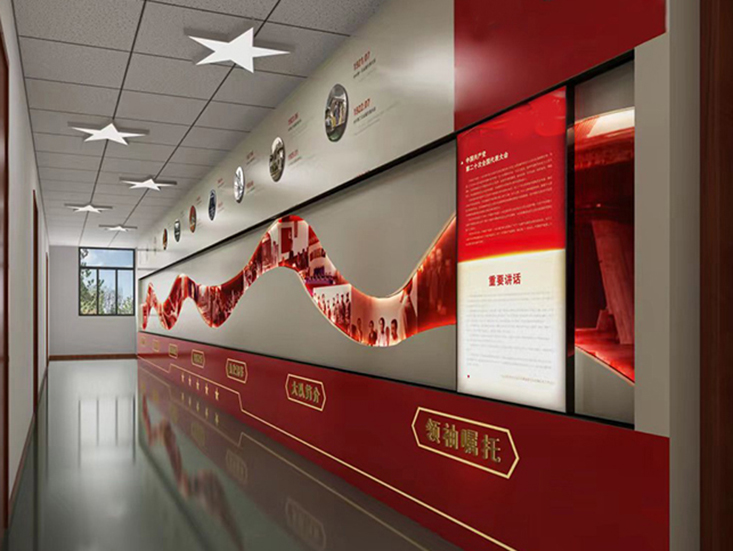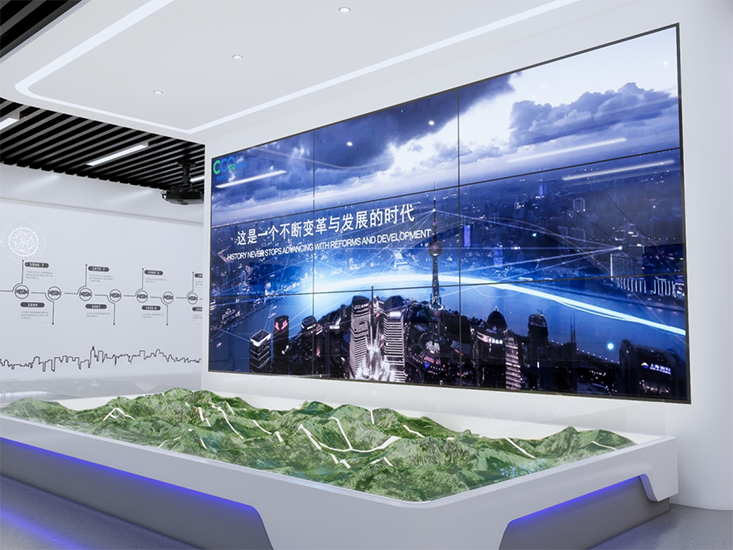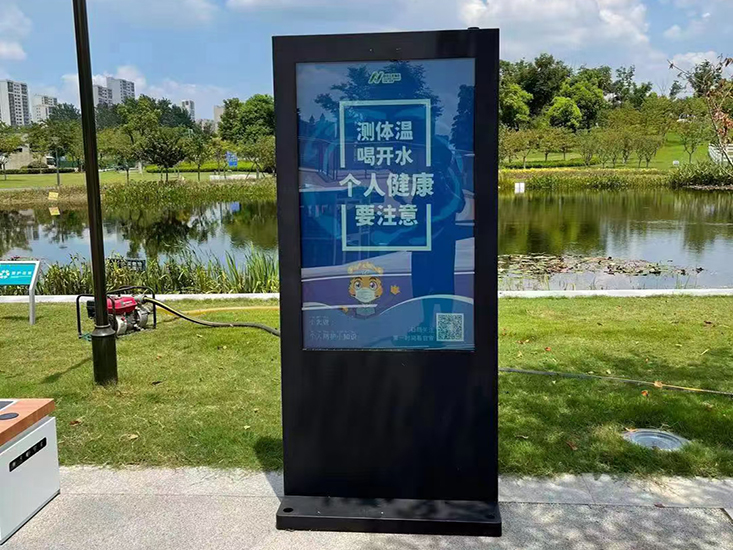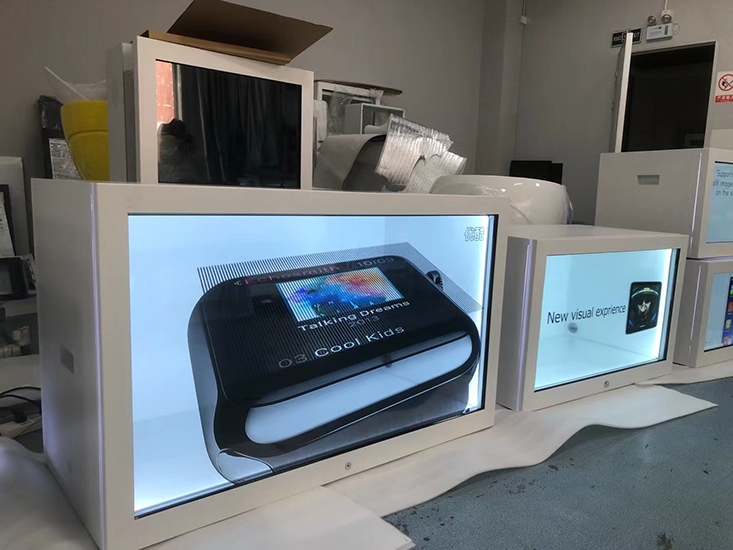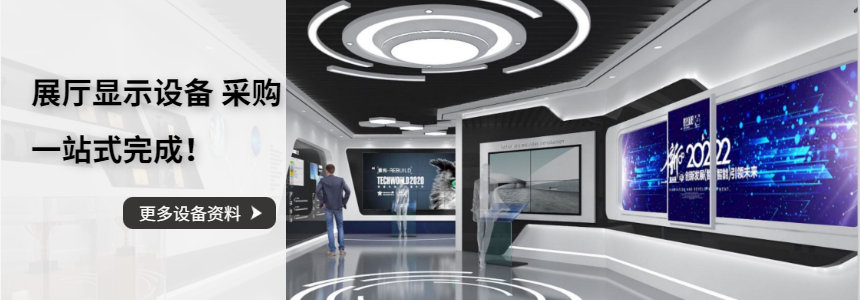Holographic transparent screen refers to a display technology that allows users to see virtual images or videos projected onto a transparent surface. This technology combines holography and transparent display to create a unique visual experience.
The principle behind holographic transparent screens involves the use of holography, which is a technique that records and reconstructs the light field of an object. Holography captures both the amplitude and phase information of light waves, allowing the recreation of a three-dimensional image.
In a holographic transparent screen, a transparent material, such as glass or acrylic, is used as the display surface. This material is coated with a special film that can control the direction of light. The film contains microscopic grooves or lenses that diffract light in a specific way, creating a holographic effect.
When a light source, such as a projector, shines onto the transparent screen, the film diffracts the light waves and redirects them to create a virtual image. The image appears to float in mid-air or on the surface of the screen, giving the illusion of a three-dimensional object.
The holographic transparent screen can display a wide range of content, including text, images, videos, and interactive elements. It can be used in various applications, such as advertising, entertainment, education, and product showcases.
One of the advantages of holographic transparent screens is their ability to provide a see-through display. Users can still see the real-world objects behind the screen while viewing the virtual content. This feature makes holographic transparent screens suitable for applications where interaction with the real environment is required.
Another advantage is the immersive and engaging visual experience they offer. The three-dimensional nature of holographic images creates a sense of depth and realism, making the content more captivating and memorable.
However, there are also limitations to holographic transparent screens. The quality of the virtual image can be affected by factors such as ambient lighting and viewing angle. The technology is still evolving, and further advancements are needed to improve the resolution, brightness, and overall performance of holographic transparent screens.
In conclusion, holographic transparent screens utilize holography and transparent display technology to project virtual images onto a transparent surface. This creates a unique visual experience that combines the real world with virtual content. While there are limitations to this technology, holographic transparent screens have the potential to revolutionize various industries and provide new ways of interacting with digital content.

